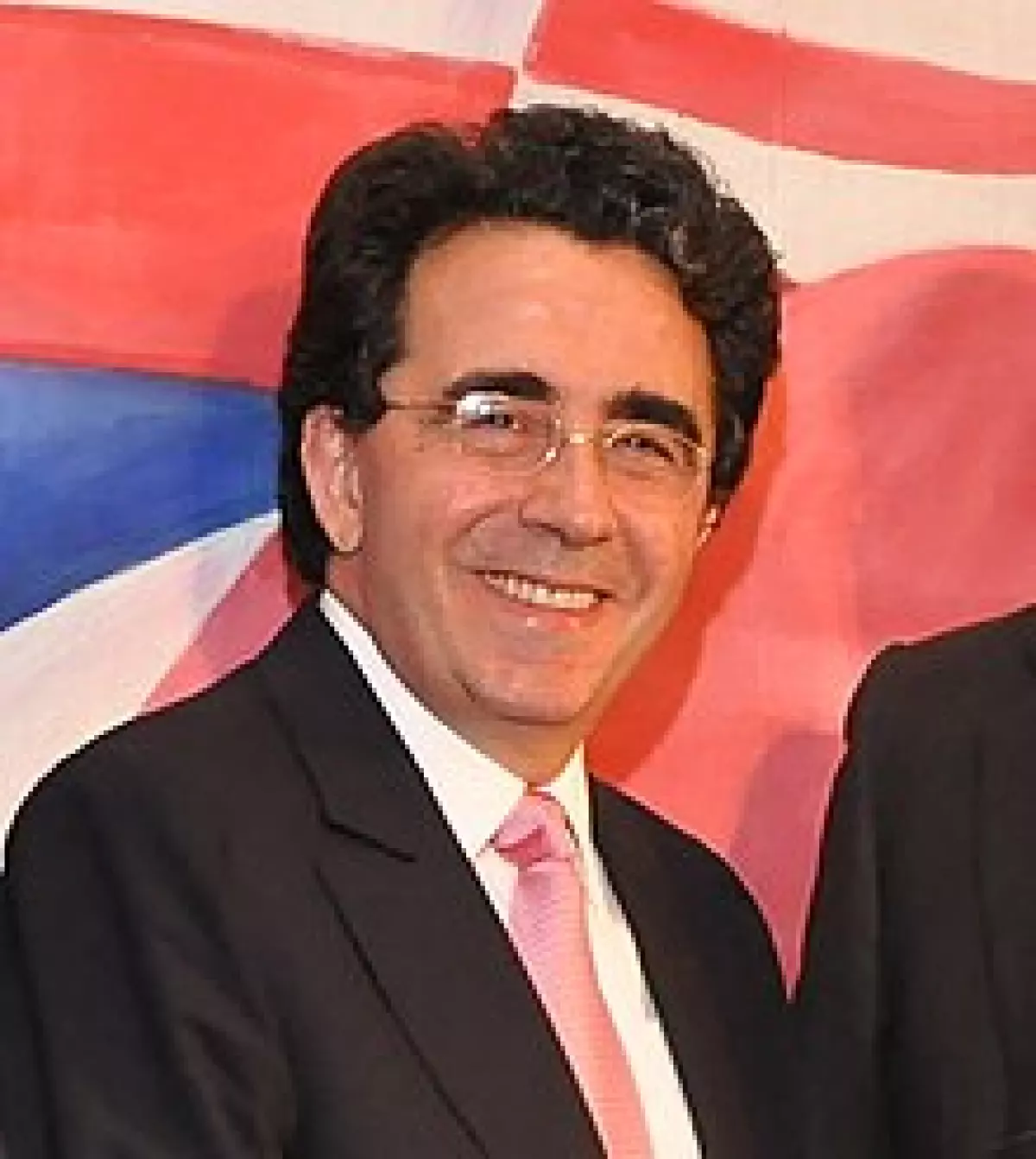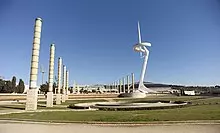 Milwaukee Art Museum in Milwaukee, Wisconsin, U.S. (2001)
Milwaukee Art Museum in Milwaukee, Wisconsin, U.S. (2001)
Santiago Calatrava, born on July 28, 1951, in Benimàmet, Spain, is an architect, structural engineer, sculptor, and painter. His innovative designs, characterized by bridges supported by single leaning pylons, have made him one of the most renowned architects of our time. From railway stations and stadiums to museums and skyscrapers, Calatrava's creations are known for their sculptural forms that resemble living organisms.
Early Life and Influences
Calatrava's passion for architecture began at a young age. After studying drawing and painting, he discovered a book on the architecture of Le Corbusier, which inspired him to pursue a career in both art and architecture. He studied at the Polytechnic University of Valencia, where he explored the vernacular architecture of the region. Later, he continued his studies in civil engineering at the Swiss Federal Institute of Technology in Zurich, Switzerland.
During this time, Calatrava became fascinated by the concept of gravity and the combination of force and mass to create emotion in structures. He was heavily influenced by the work of Swiss engineer Robert Maillart, who taught him the power of simple forms. Calatrava believed that architecture should evoke feelings in people, and his designs reflect this philosophy.
First Projects and International Recognition
Calatrava's career took off in the early 1980s when he opened his own office in Zurich. His first major projects included industrial and transportation structures, such as warehouses, train stations, and bridges. His unique designs, characterized by curved lines and leaning columns, garnered international attention.
 Montjuïc Communications Tower, Barcelona, Catalonia, Spain (1992)
Montjuïc Communications Tower, Barcelona, Catalonia, Spain (1992)
One of his breakthrough projects was the Bac de Roda Bridge in Barcelona, Spain, completed in 1987. This bridge, designed for cyclists and pedestrians, showcased Calatrava's signature style with twin arches leaning at an angle of thirty degrees. Its light and airy structure, composed of steel arches and cables, resembled a network of lace.
Major Projects of the 1990s and Beyond
In the 1990s, Calatrava broadened his portfolio, taking on projects ranging from shopping centers to concert halls. One of his most iconic works during this period was the City of Arts and Sciences in Valencia, Spain. Completed in 2006, this project encompasses multiple buildings, including the L'Hemisfèric, a half-sunken globe, and the opera house, whose design gives the impression of constant motion.
 World Trade Center Transportation Hub, New York City (2016)
World Trade Center Transportation Hub, New York City (2016)
Calatrava's international recognition continued to grow with projects like the Turning Torso in Malmö, Sweden, the Peace Bridge in Calgary, Canada, and the World Trade Center Transportation Hub in New York City. Each of these projects showcased his masterful combination of form and function, creating structures that captivated the imagination.
Controversy and Criticism
Despite his success, Calatrava has faced criticism for cost overruns, delays, and functional problems in some of his projects. Issues such as slippery flooring on the Bilbao bridge and maintenance costs of certain structures have drawn scrutiny. The World Trade Center Transportation Hub, in particular, has faced criticism for its high cost and lengthy construction period.
 Museum of Tomorrow in Rio de Janeiro, Brazil (2015)
Museum of Tomorrow in Rio de Janeiro, Brazil (2015)
A Master of Structure and Form
Santiago Calatrava's contributions to the field of architecture go beyond mere structures. His designs are works of art, blending engineering precision with artistic expression. Inspired by the beauty of nature, Calatrava's creations evoke emotions and leave a lasting impression on those who experience them.
As he continues to push the boundaries of architectural design, Calatrava's impact on the built environment will be felt for generations to come. From his breathtaking bridges to his awe-inspiring museums, his work stands as a testament to the power of creativity and the limitless possibilities of architectural expression.
Notable Projects
- Milwaukee Art Museum, Milwaukee, Wisconsin, U.S. (2001)
- Montjuïc Communications Tower, Barcelona, Catalonia, Spain (1992)
- Turning Torso, Malmö, Sweden (2005)
- Chords Bridge for pedestrians and trains in Jerusalem (2008)
- Auditorio de Tenerife, Santa Cruz de Tenerife, Spain (2003)
- World Trade Center Transportation Hub, New York City (2016)
- Museum of Tomorrow, Rio de Janeiro, Brazil (2015)
Santiago Calatrava's work is a testament to the fusion of art and engineering, creating structures that inspire awe and captivate the imagination.

















